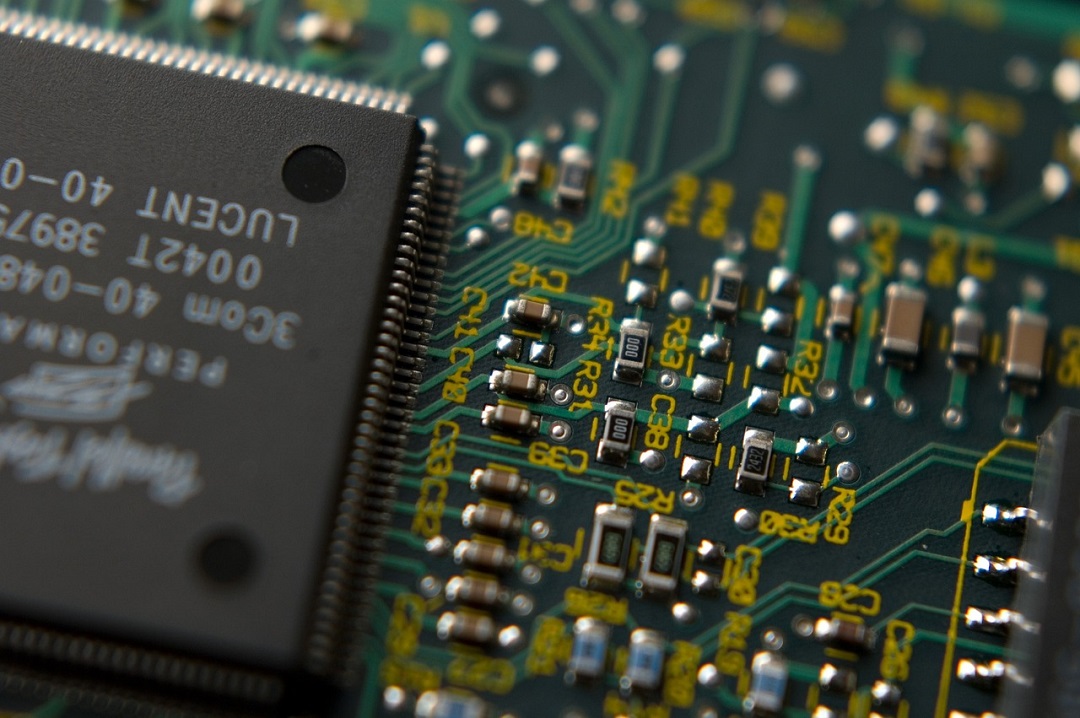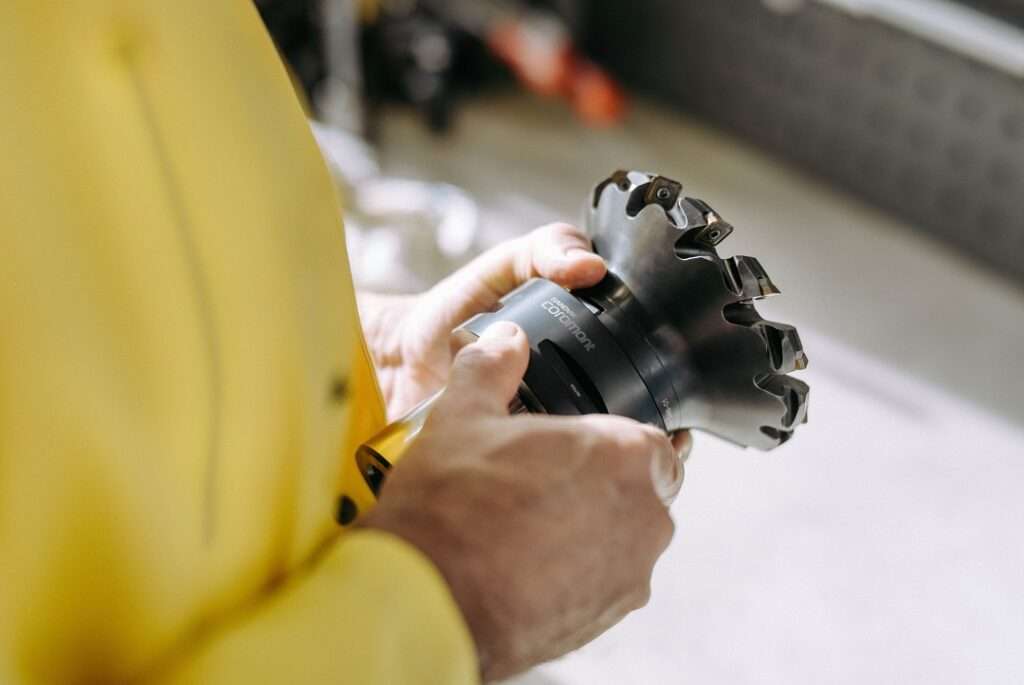NXP Semiconductors is set to invest more than $1 billion in India to significantly enhance its research and development activities, according to the company’s CEO, Kurt Sievers. This move is part of a broader strategy by global tech firms to strengthen their presence in India’s emerging semiconductor industry.
Speaking at the Semicon India conference near New Delhi, Sievers highlighted NXP’s commitment to doubling its R&D efforts in the country, emphasizing that the investment will exceed $1 billion over the coming years. The company currently operates four semiconductor design centers in India, employing approximately 3,000 people and engaging with various industries, including automotive.
Despite the nascent stage of India’s chipmaking sector, it is central to the country’s economic strategy, supported by a $10 billion incentive package aimed at challenging global semiconductor leaders such as Taiwan. India anticipates that its semiconductor market will reach $63 billion by 2026.
The investment follows moves by other major tech players, such as Nvidia and AMD, who have established significant research and design facilities in India. This underscores the growing importance of the country in the global semiconductor landscape, particularly as the industry seeks to diversify away from traditional hubs like China and Taiwan.
In February, the Indian government approved the construction of three semiconductor plants with a combined value of 1.26 trillion rupees ($15 billion), involving companies like Tata Group and CG Power, as part of its ambition to become a major electronics manufacturing hub.
Additionally, U.S. memory chip manufacturer Micron announced a $2.7 billion investment in a testing and packaging unit in Gujarat, expected to create around 5,000 jobs. Applied Materials also revealed plans to invest $400 million over four years in a new engineering center in India.
NXP, which recently experienced its worst quarterly revenue decline in four years, with forecasts for the third quarter falling below expectations, is focusing on this significant investment to address demand concerns, particularly for automotive chips.







